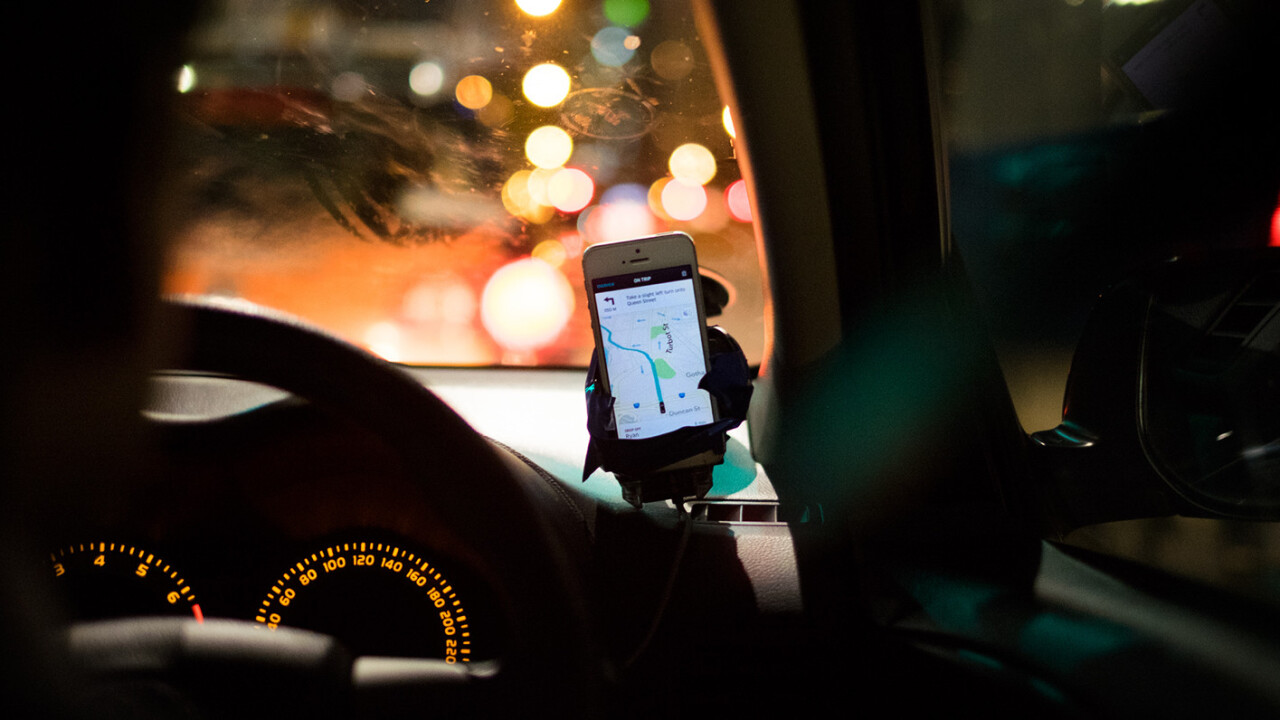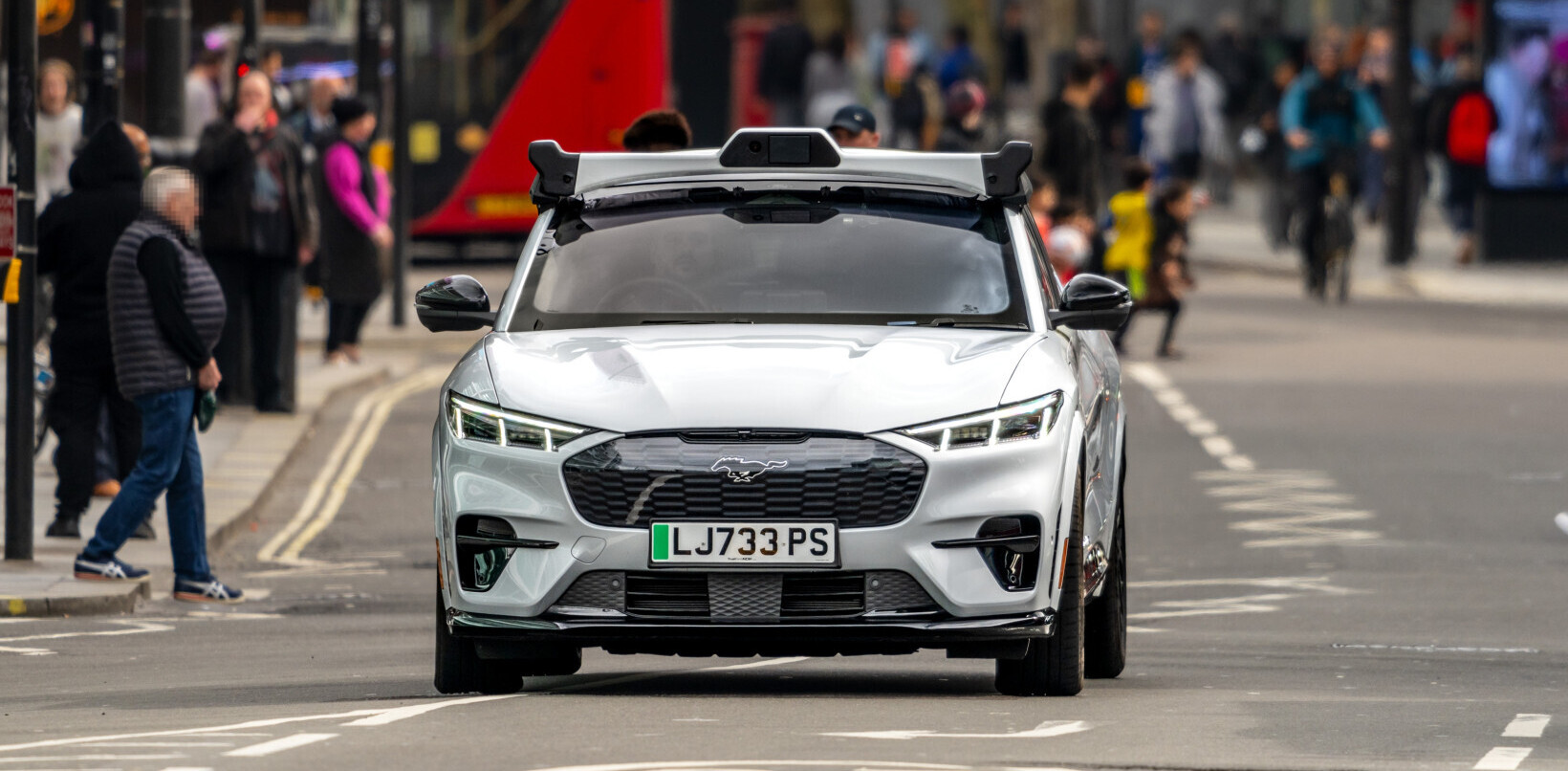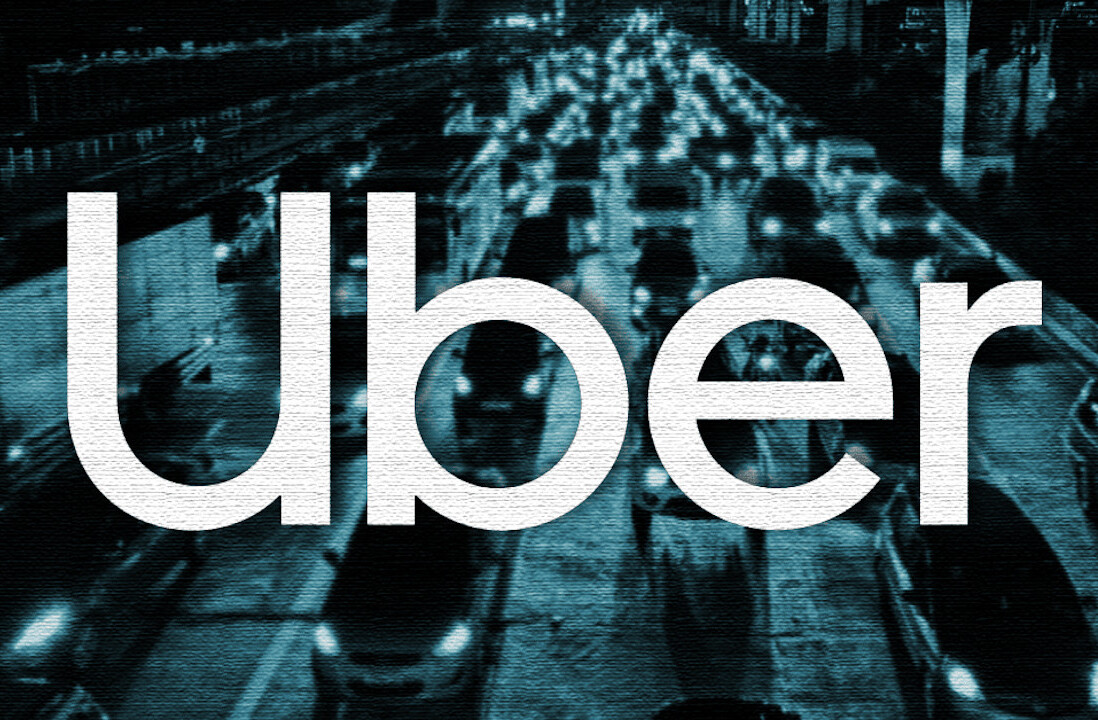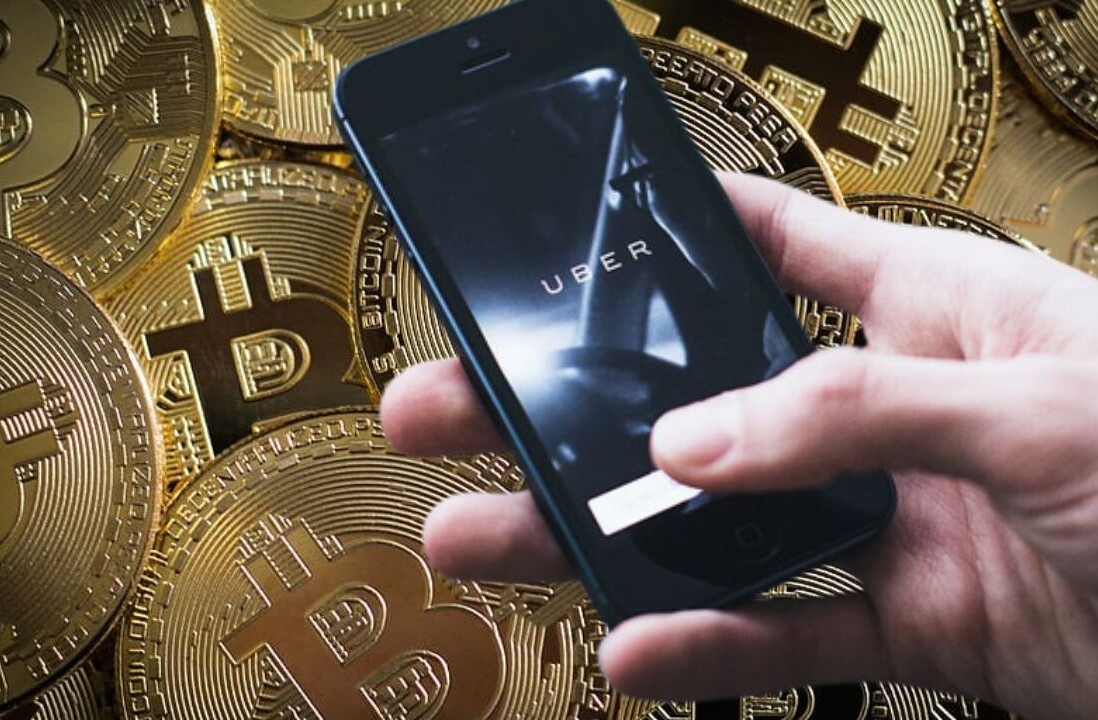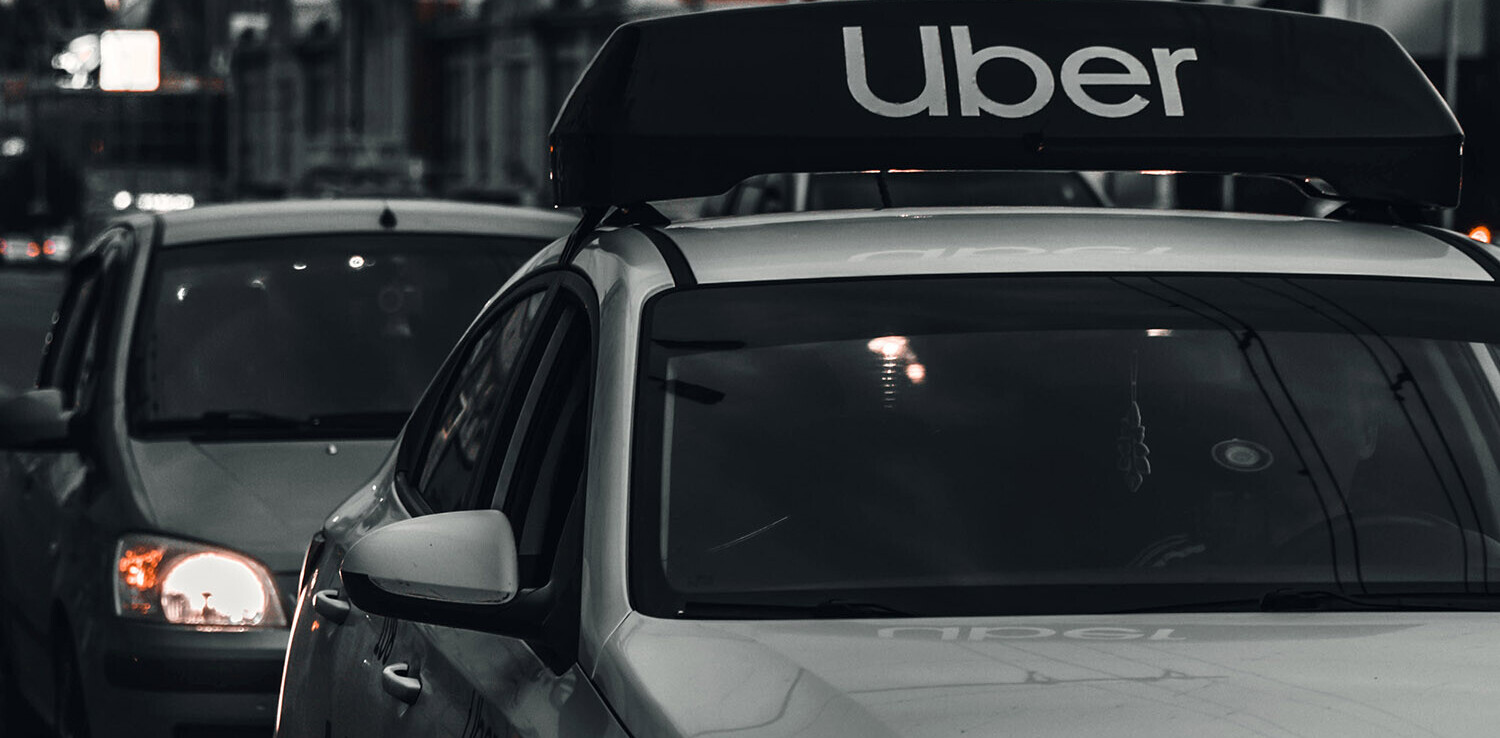Uber, one of the highest-valued companies in Silicon Valley history has had a turbulent ride to the top. Since inception, the company has lived in a near-constant state of backlash for some slight, either real or perceived.
In recent months, Uber has come under fire for failing to protect sensitive data, ensuring its drivers are paid fairly and the whole Uber driver who turned out to be a serial murderer thing, not to mention numerous assaults and incidents that didn’t involve murder.
Then there’s the business issues such as establishing a foothold in emerging markets — like Didi Kuaidi-dominated China — and constant lobbying in Europe to get (or stay) legal.
Now, the media is billing Juno as Uber’s newest problem.
Juno plans to soft launch in New York City later this month, and bills itself as the “anti-Uber” — that is to say, it plans to hire only the cream-of-the-crop drivers (mostly poached from Uber) and pay them fairly for their service.
The compensation package even includes bonuses and stock options.
Chief executive and co-founder Talmon Marco doesn’t have light pockets, either. A well-funded company that plans to lure away Uber’s best drivers and then dominate the ride-sharing world with a better experience for customers sounds like a great plan, on paper.
“We’re possibly the second-largest player in New York, in terms of the driver pool,” Marco said. “We have sufficient liquidity to launch tomorrow.”
He’s not wrong. The company is said to have “thousands” of drivers ready for the soft launch.
But this brings us to the first part of Juno’s problem.

Problem one: drivers
The plan is to lure away any Uber driver with a driver score of 4.75 or better. Thing is, there’s a limited number of these drivers available, so what happens when Juno runs out of highly-qualified drivers and Uber is still bringing on anyone that can pass a background check and owns a vehicle that arguably has four wheels?
A shortage would lead to more instances of surge pricing, sending Juno’s new customers running back to Uber in droves.
Problem two: cost
Presumably, to attract and retain the best drivers, it’s going to cost Juno a fair bit of money. Is this cost passed on to the consumer, or is Juno expected to eat the loss in a fight to pay drivers more? Uber operates at huge losses each year; the idea of cutting into already razor-thin margins without costing the consumer more for each ride seems… unlikely.
Once you factor in legal battles, lobbying and what’s soon to be an expensive marketing and advertising battle to attract new clients in the ride-sharing economy’s version of patient zero (New York City), the costs are staggering.
Juno plans to handle this by cutting its commission to 10 percent, half of what Uber takes. Of course, any significant traction Juno makes in the market may lead Uber to reduce its take as well, a move that would lead to cutthroat pricing as the two companies compete for marketshare.
A 10 percent bump means nothing when you work for a company that’s slashing the per-ride cost to compete. Uber has proven it’s willing to go this route, drivers be damned.

Problem three: do consumers (on a large scale) even care?
In an ideal world, company’s treat their employees well, which makes for happy employees. Happy employees then improve customer experience. This is mostly true, but happy employees don’t lead to immediate success.
Juno assumes the average rider cares about more than an efficient and cost-effective ride from point A to point B. Purely speculation, but I’d wager that the average rider doesn’t have a clue what Uber drivers make, or whether they’d consider that wage “fair.”
With all other pricing considerations equal, the way a business treats its employees doesn’t seem to strike much of a nerve with the typical consumer. Look no further than Sam’s Club and Costco (47 million members vs. 32 million, respectively). The latter provides better wages, insurance and potential for upward advancement; the former once cut costs by laying off 2,300 employees after what the company deemed a “good” sales year.
A business plan that relies on apathetic customers choosing a company that does the greater good — at scale — is a feeble effort. Sure, Juno could make a dent in the market from potential do-gooders, but consumers are often met with choices they don’t particularly like — such as sacrificing higher quality in a choice that’s more economics than morals.
Problem four: name recognition
Uber dominates all other ride-share providers in the US in one key thing: name recognition. It’s even slid into mainstream culture through television, movies and music, thus generating recognizability among those that have never even used the service.
Matching that level of name recognition for an upstart competitor is going to prove difficult, even with Marco’s deep pockets. If customers don’t know who you are, why would they elect to download your app and hail a ride — even if you’re paying your drivers better?
Personally, I’d love to see Juno enter the market, do right by its employees and completely dominate. Professional skepticism keeps me from believing that it’s at all possible under the current principles of the business plan.
But, I guess we’ll see.
Get the TNW newsletter
Get the most important tech news in your inbox each week.
